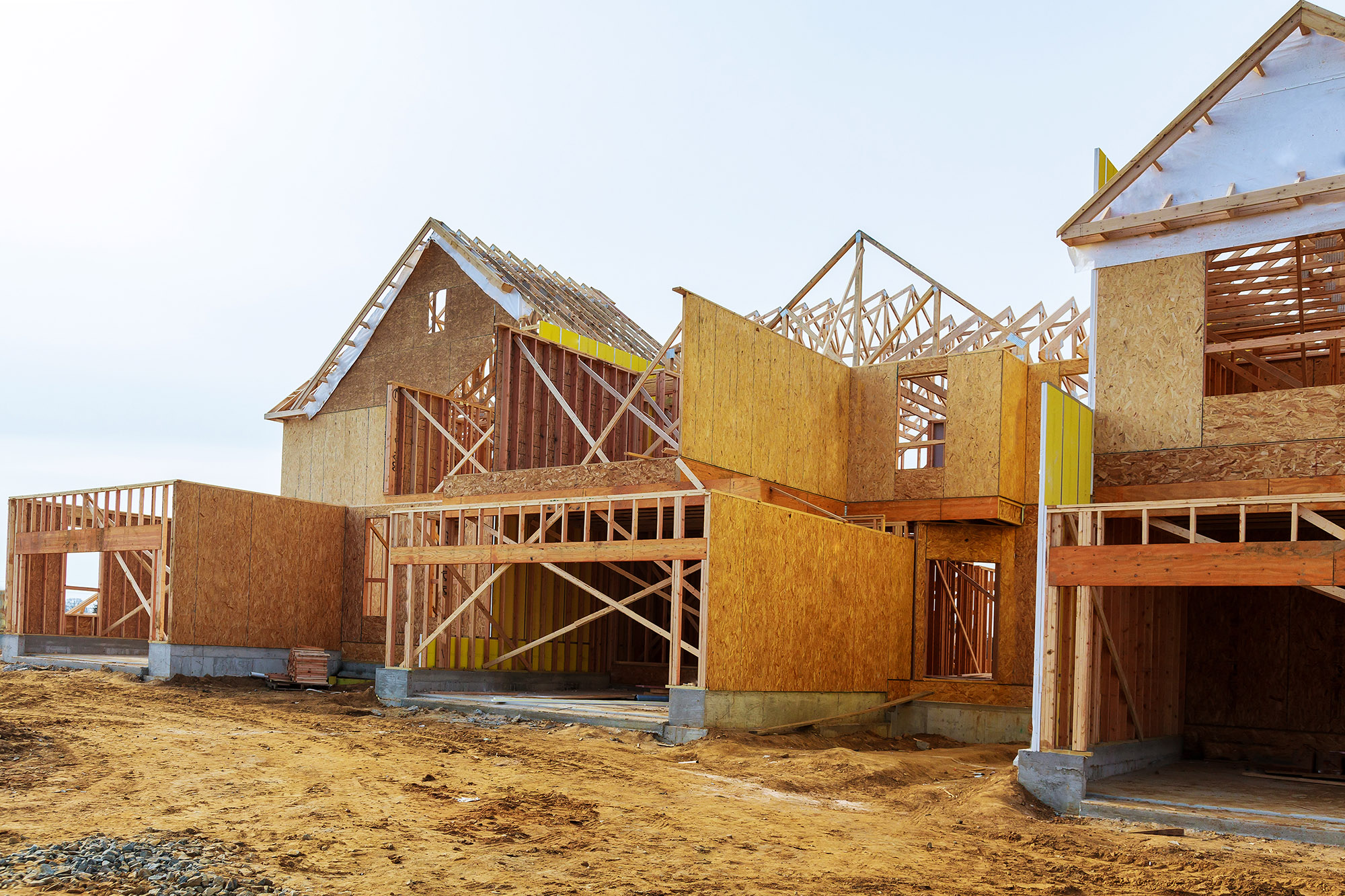Our Top 10 Blogs of 2023
Investor activity in rental markets, the cost benefits of manufactured housing, the dwindling supply of low-cost rentals, and more: our most popular blogs of 2023 examined a range of housing issues in the US and beyond.
- The Surge in Household Growth and What It Suggests About the Future of Housing Demand by Daniel McCue explains how new data on household growth provides a better picture of how hot housing demand was from 2019 to 2021. Daniel’s blog on the continuing rise of home prices and interest rates was also one of our most popular blogs of the year.
- 8 Facts About Investor Activity in the Single-Family Rental Market by Alexander Hermann outlines how investor purchases of single-family homes reached new heights during the pandemic, particularly lower-cost units and homes in Sunbelt markets, and that there have been significant changes in who owns single-family rentals over time. One of Alexander’s other blogs, In Nearly Every State, People of Color Are Less Likely to Own Homes Compared to White Households, was also one of the most popular this year.
- Slight Gains in 2023 Outlook for Residential Remodeling by Abbe Will was our first LIRA (Leading Indicator of Remodeling Activity) release of the year and showed that, after several years of double-digit gains, expenditures for home improvements and repairs were expected to grow only modestly in 2023.
- Number of Renters Burdened by Housing Costs Reached a Record High in 2021 by Peyton Whitney showed that a record number of renters were cost burdened in the first full year of the pandemic, spending more than 30 percent of their income on housing. In addition, more homeowners were burdened than at any point since 2012.
- In Low-Cost Rentals Have Decreased in Every State, Sophia Wedeen shared an interactive chart that showed the supply of low-cost rentals fell by 3.9 million units over the last decade, leaving lower- and middle-income renters across the US with even fewer housing options they could afford.
- In her blog, Meyer Fellow Erica Moszkowski asked, Why Do Urban Storefronts Stay Empty for So Long? Urban storefronts often remain empty for months or years at a time, even in some of the world’s highest-rent retail districts. Between 2015 and 2019, for example, empty storefronts in Manhattan remained vacant for 16 months and less than half of vacant units were filled after one year.
- Comparing the Costs of Manufactured and Site-Built Housing by Chadwick Reed summarized the findings of a new paper arguing that manufactured housing offers a potential solution to rising construction costs, with a significant cost advantage over site-built homes.
- What Can We Learn from the Dutch Social Housing System? by Hanneke van Deursen looks at non-profit housing associations in the Netherlands (called woningcorporaties) that own two-thirds of the country’s rental units and house almost 30 percent of households for an average rent of just €561 (about $600) per month, and what the US could learn from this system.
- Despite a Pandemic Remodeling Boom, Aging US Homes Require Additional Investment by Carlos Martín summarized our Improving America’s Housing 2023 report and showed how the pandemic focused attention on our homes as never before, lifting the US remodeling market to an unprecedented height of $567 billion last year.
- Lower-Income Renters Have Less Residual Income than Ever Before by Whitney Airgood-Obrycki shows how renter household incomes fell in the first two years of the pandemic as rents increased, leaving many renters with little money to spend on all their other needs. Indeed, in 2021, the median renter household making less than $30,000 a year had just $380 left over each month after paying rent. Whitney’s blog Rental Markets One Year After Our America’s Rental Housing Report was also among our most popular in 2023.

